The Scottish Deerhound is a unique and sensitive breed, capable of athletic feats. These dogs are athletes through and through, built with fine bones, yet great heft. They have both the speed and power to hunt deer just as their name suggests. However, they also can also make great companions. Read on to learn more about the Scottish Deerhound.
Description of the Scottish Deerhound
These dogs are a study in contrasts. Of course they are athletic, with a sprinter’s build. They needed to chase down deer in Scotland’s rugged highlands, after all. However, they are also huge. The Deerhound’s humble presence and surprising sensitivity give them an unparalleled majesty.
These are ancient dogs, some of the first bred in Scotland. Many artists captured their visage in many paintings, stretching back as far as the Scots themselves.
The Scottish Deerhound has a uniquely ragged coat, which is harsh, but not profuse. They are most famous for a murky hue, but they can come in three colors: blue-gray, brindle, and gray brindle.
Life Expectancy and Size
Unfortunately, the Deerhound doesn’t have the longest life expectancy. They generally live between 8 and 11 years, on the short side even for large dogs.
These dogs can be slender in true hound form, but always have a good density to their bones. They stand 28 to 32 inches tall, and weigh 75 to 110 pounds.
Protective Ability
This breed is not a good choice for guard dog. The Scottish Deerhound is often timid with strangers, or at least reserved. Usually, they don’t even bark! Choose this dog for their sweet nature or athletic prowess, not their protective abilities. Their loyalty is deep, but does not show in their guarding abilities.
Training
The Scottish Deerhound is sensitive, and it is important to treat him as such. These dogs behave best when presented with a consistent, rewards-based training plan. These dogs tend to need a lot of praise and will crumble if yelled at or roughhoused.
Keep training sessions short and interesting for the best chances of success. There’s no reason to set your dog up for failure by asking him to keep his attention on you for unreasonable amounts of time. It will also ensure that you are able to remain positive and calm for the entirety of each session. Deerhounds need this.
Energy Level
Despite their athletic prowess, these are not high-energy dogs. Sure, as puppies they will be as rowdy as the rest. However, as they age, they will likely turn into a floor rug. It is important to convince them to exercise with play sessions so as to maintain their fitness level. They always prefer being with their family, and will never exercise themselves.
What Living with a Scottish Deerhound is Like
Many families find joy in giving these athletes a loving home. With time and patience, they can make loving companions.
However, these are sensitive dogs that need stable homes with loving people. These dogs crave human attention, and respond poorly to being left alone for too long. They also may stress out if they have to face rapid or frequent changes in schedule.
Of course, these huge creatures take more care than the average hunting dog. It is important to have plenty of space, inside and out, to house them.
Care of the Scottish Deerhound
The most important prerequisite to owning a Scottish Deerhound is being able to commit to their sensitive personalities. Otherwise, they are a joy.
Environmental Needs
Bred for some of the harshest environments in the world, these dogs thrived in the cold and wet of Scotland. They should do fine just about anywhere else. As large dogs, Deerhounds may overheat in summer. This is especially true during exercise. Make sure to limit activity at these times, and always keep up with fresh, cool water.
Exercise Needs
Regular play sessions in a fenced area are usually sufficient to exercise these dogs. It needs to be large enough, though, so they can properly stretch their legs. After short (but fast!) runs, most Scottish Deerhounds are content to laze around.
Later in life, it may be difficult to get them off the couch. Make sure to keep up their muscle tone to help them age well.
While young, limit any directed exercise, and simply let them run free in open spaces. This will limit joint problems that could plague them in their elder years.
Shedding and Grooming
This breed has an easy-care coat, which only needs weekly brushing. Usually, this will work just as well as a bath to get off any dirt they may have gotten into. Occasional baths can help if they develop a doggy smell.
This Deerhound’s coat sheds, but only seasonally.
Ideal Home Environment
The ideal owner will make sure to remain gentle with this sensitive breed. This requires patience and positivity during training, and daily life in general. These majestic athletes don’t have the inner fire of a terrier, or the self-assuredness of a working dog. However, they are very social and loving with their people.
The Scottish Deerhound should have access to a safe place to run around.
Health Concerns
These dogs have some eye and heart problems, especially later in life. They also are at risk for severe side effects while under anesthesia.
Like many large dogs, Deerhounds are susceptible to bloat. To minimize the risk of this life-threatening stomach disorder, feed small meals and avoid vigorous exercise after mealtime.
Behavior Problems
Remember that these are hunters. If unsupervised, they may dash off into trouble. It is important to keep them safe – on leash, or in a fenced yard.
Otherwise, their biggest issue is separation anxiety. Owners should not leave them alone all day.

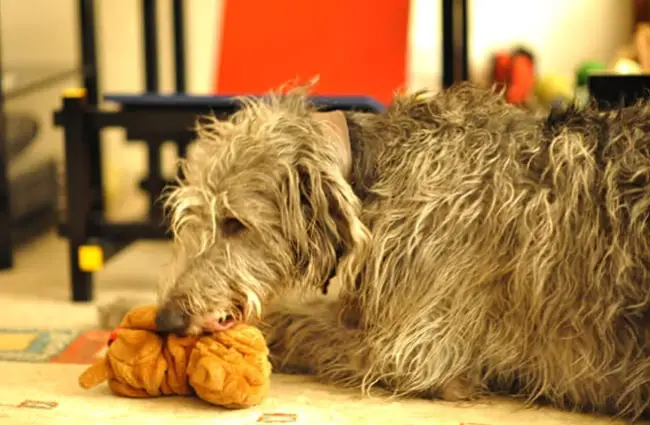
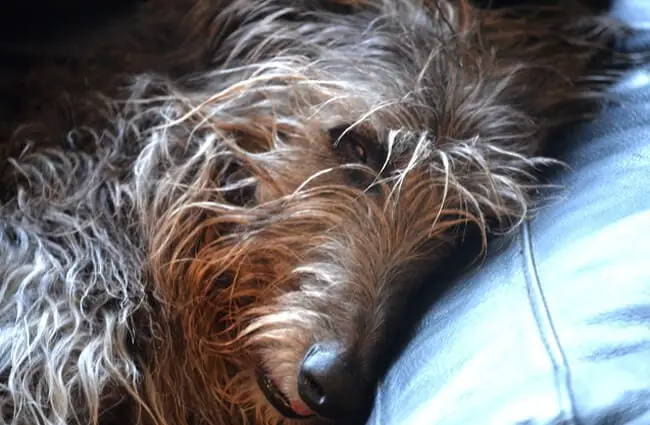


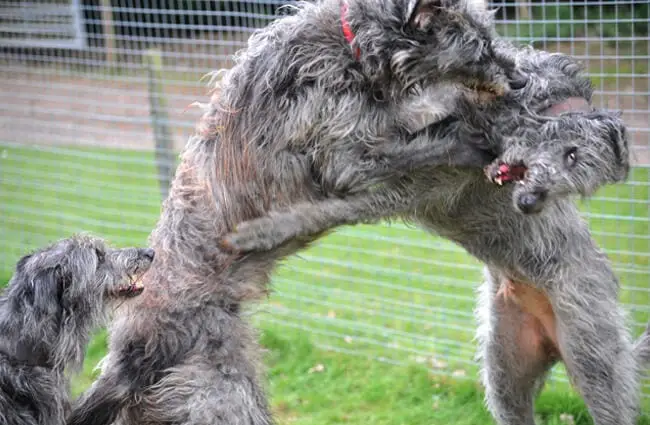
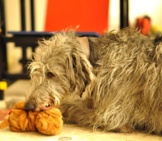
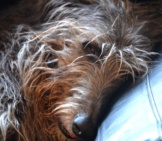
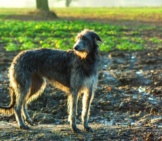
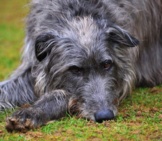














![Red Angus Closeup of a beautiful Red Angus cowPhoto by: U.S. Department of Agriculture [pubic domain]https://creativecommons.org/licenses/by/2.0/](https://animals.net/wp-content/uploads/2020/03/Red-Angus-4-100x75.jpg)

